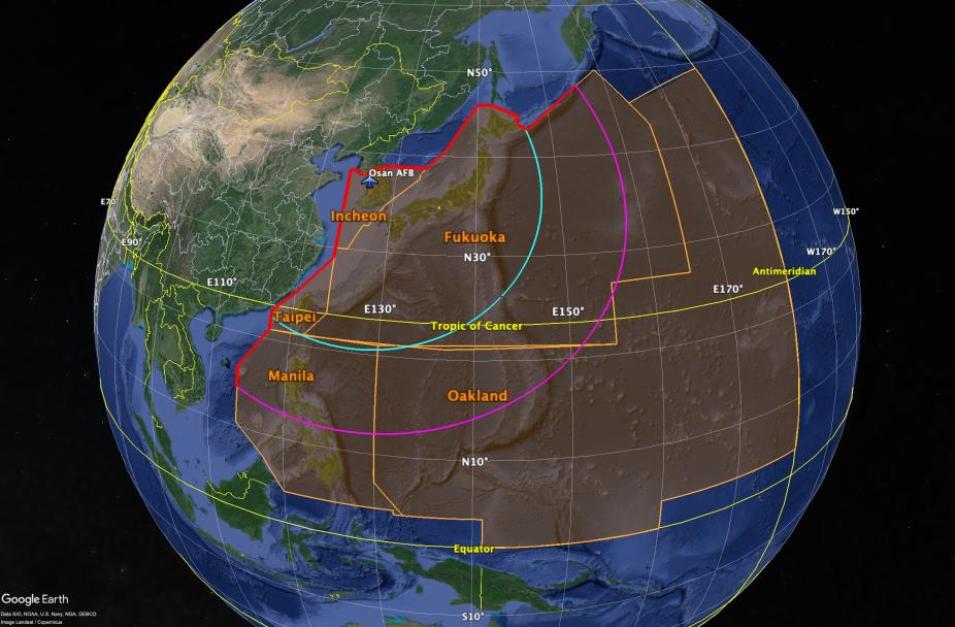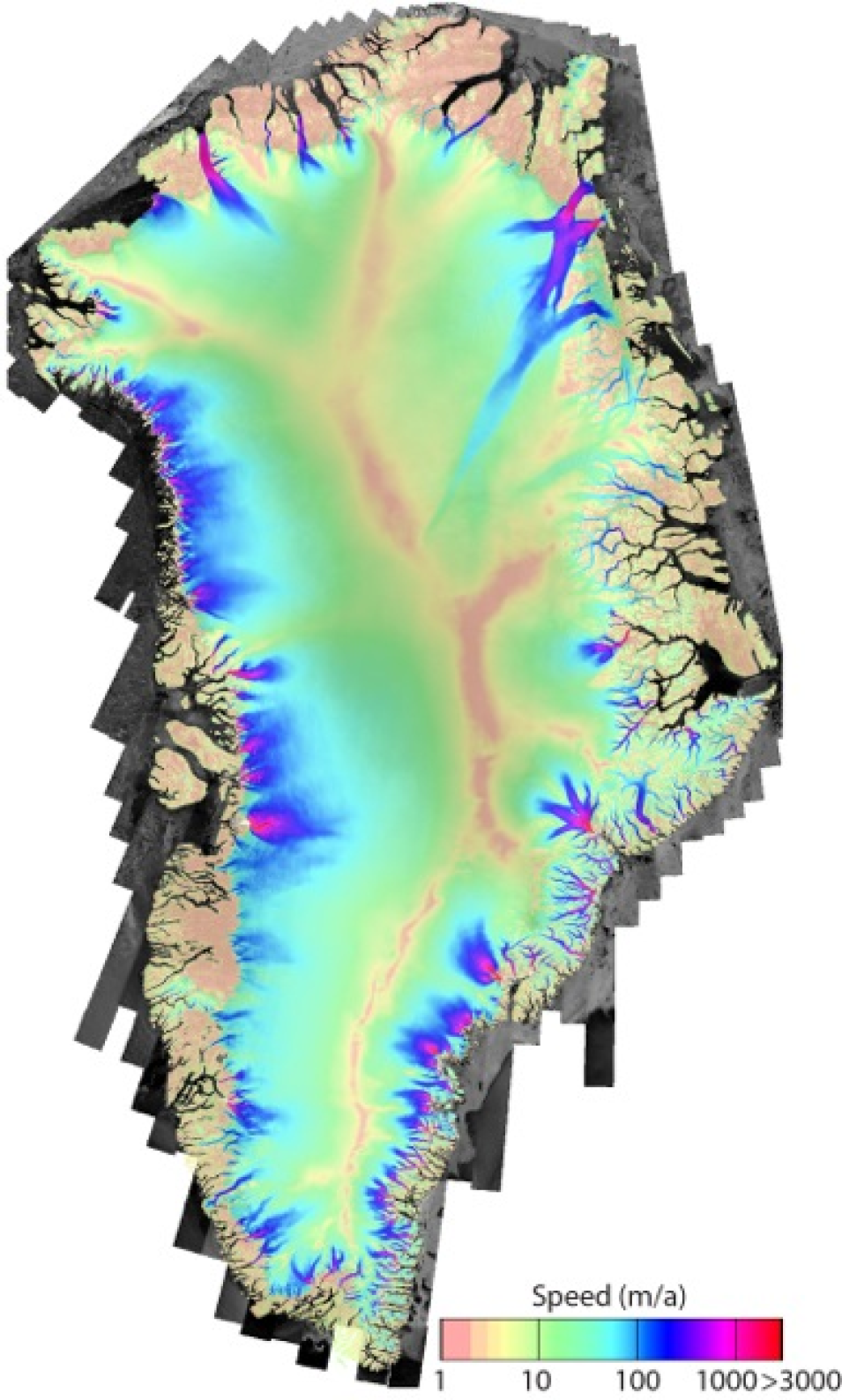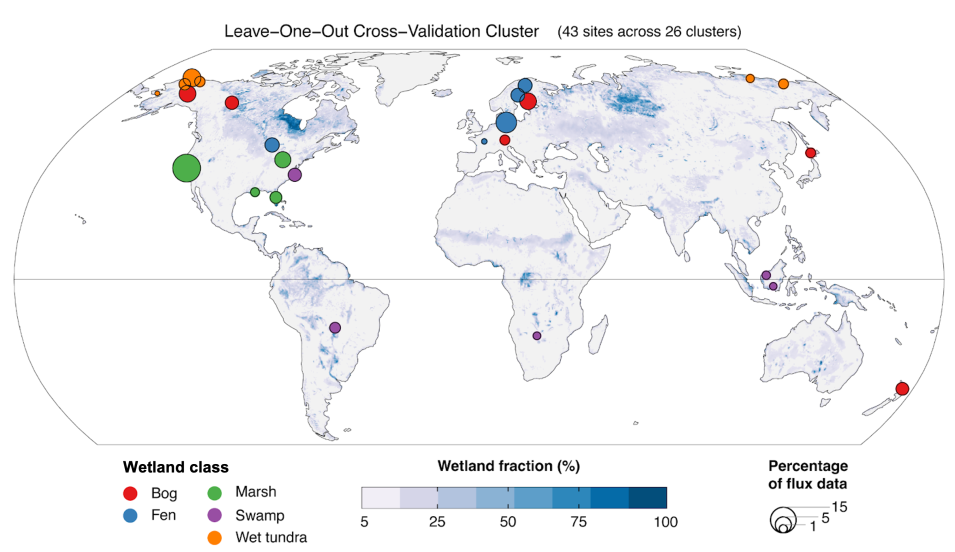GES DISC released TRopospheric Ozone and Precursors from Earth System Sounding (TROPESS) Chemistry Reanalysis Version 2 (TCR-2) datasets for trace gasses of ozone (O3), carbon monoxide (CO), hydroxide (OH), sulfur dioxide (SO2), peroxyacetyl nitrate (PAN), nitric acid (HNO3), nitric oxide (NO), nitrogen dioxide (NO2), formaldehyde (CH2O), aerosols (SO4, NH4, and NO3), and emission sources of nitrogen oxide (NOx), CO, and SO2. The TCR-2 datasets feature a chemical reanalysis technique that combines observational information and provides comprehensive information on tropospheric composition variations using data assimilation from multiple satellite instruments.
The TCR-2 datasets cover January 1, 2005, to December 31, 2021, are written in netCDF4 format, and provide global coverage with 2-hourly, 6-hourly, and monthly averages at a grid resolution of 1.125º latitude x 1.125º longitude. The data are reported at a range of 27 vertical levels from the surface (1000 hPa to 60 hPa).
Data access and more information about the TCR-2 products
Land Processes DAAC (LP DAAC)
VIIRS Version 2 Water Reservoir Data Products Released
NASA's LP DAAC released the Visible Infrared Imaging Radiometer Suite (VIIRS) Version 2 Water Reservoir product suite. The VIIRS Version 2 release includes data products from both the NASA-NOAA Suomi National Polar-orbiting Partnership (Suomi NPP) satellite and the Joint Polar Satellite System (JPSS) NOAA-20 satellite. These collections will continue to grow as data are produced chronologically.
The products included in the suite are:
- VIIRS/NPP Water Reservoir Area 8-day L3 Global V002 (VNP28C2)
- VIIRS/NPP Water Reservoir Monthly L3 Global V002 (VNP28C3)
- VIIRS/JPSS1 Water Reservoir Area 8-day L3 Global V002 (VJ128C2)
- VIIRS/JPSS1 Water Reservoir Monthly L3 Global V002 (VJ128C3)
The data are hosted on NASA's Earthdata Cloud and are available for download through Earthdata Search.
Data Access and more information about the Water Reservoir Data Products
Use of Aura OMI as an Ancillary Ozone Input for ASTER Products Discontinued
As of October 6, 2023, Ozone Monitoring Instrument (OMI) data from NASA's Aura satellite will no longer be used as the ancillary ozone input for Advanced Spaceborne Thermal Emission and Reflection Radiometer (ASTER) data products.
For more information about the availability of Aura OMI data, see NASA's Earthdata Forum.
Release of AppEEARS Version 3.45—VIIRS Version 2 Products and MODIS Version 6.1 Vegetation Continuous Fields
Version 3.45 of the Application for Extracting and Exploring Analysis Ready Samples (AppEEARS) data tool is now available. This release adds the VIIRS Version 2 Surface Reflectance, Thermal Anomalies and Fires, and Leaf Area Index/FPAR product suites from the Suomi NPP and NOAA-20 satellites. This release also includes the MODIS/Terra Vegetation Continuous Fields Yearly L3 Global 250m SIN Grid V061 data product.
AppEEARS offers a simple and efficient way to perform data access and transformation processes by enabling users to download only the data they need. For more information about the tool, see the Data Tool in Focus article.
More information about VIIRS products added to AppEEARS
Level 1 and Atmosphere Archive and Distribution System DAAC (LAADS DAAC)
New VIIRS Calibrated Radiances and Geolocation Products
NASA's LAADS DAAC released the Calibrated Radiances and Geolocation Version 2.0 Product Collection produced from data acquired by the VIIRS instrument aboard the JPSS NOAA-21 satellite. The new data collection includes three products each for calibrated radiances and geolocation (each relating to image-resolution, moderate-resolution, and day-night band resolution).
The nadir door of the NOAA-21 VIIRS instrument was opened on December 5, 2022, and its cryo-radiator door was opened on February 8, 2023. The release date for the NOAA-21 VIIRS v2.0 collection data products begins February 10, 2023.
Data access and more information about the VIIRS radiances and geolocation collection
National Snow and Ice Data Center DAAC (NSIDC DAAC)


